With growing pressure to reduce emissions the construction industry is rethinking how buildings are designed and built. To solve the pressing issue, many firms are leaning hard into smart, sustainable solutions, from next-gen materials to smarter equipment and design tools. In this article, we cover the latest sustainable construction technology trends reshaping the future of how we build.
1. AI-driven energy modeling and design
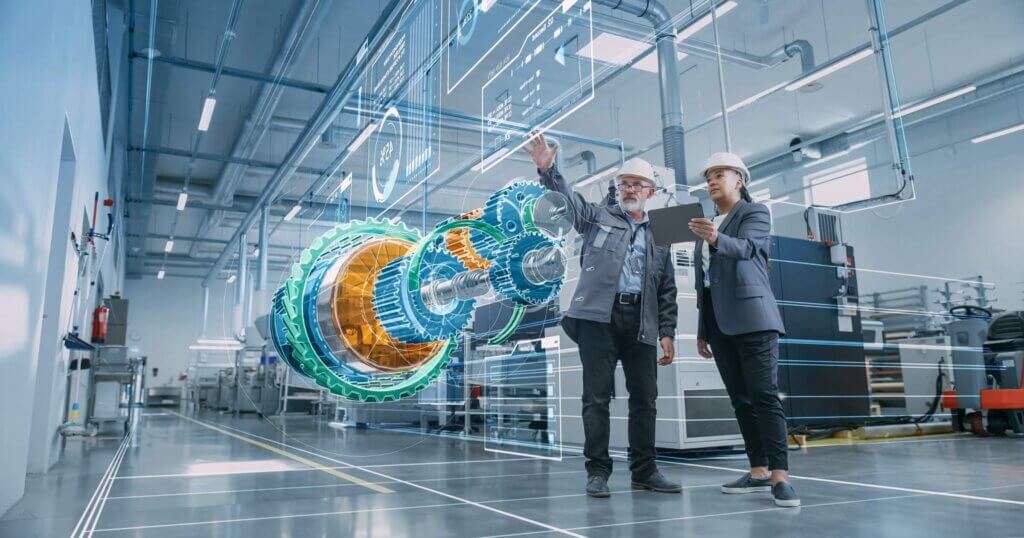
Artificial intelligence is making waves in sustainable construction. More firms are using AI to predict how much energy a building will use before a single shovel hits the ground. By analyzing things like window placement, insulation levels, HVAC needs, and even local climate data, AI tools help teams design smarter, greener buildings from the start. Some estimates show this kind of modeling can cut a building’s lifetime carbon emissions by up to 30% just by making better choices earlier in the process.
2. Carbon-negative building materials
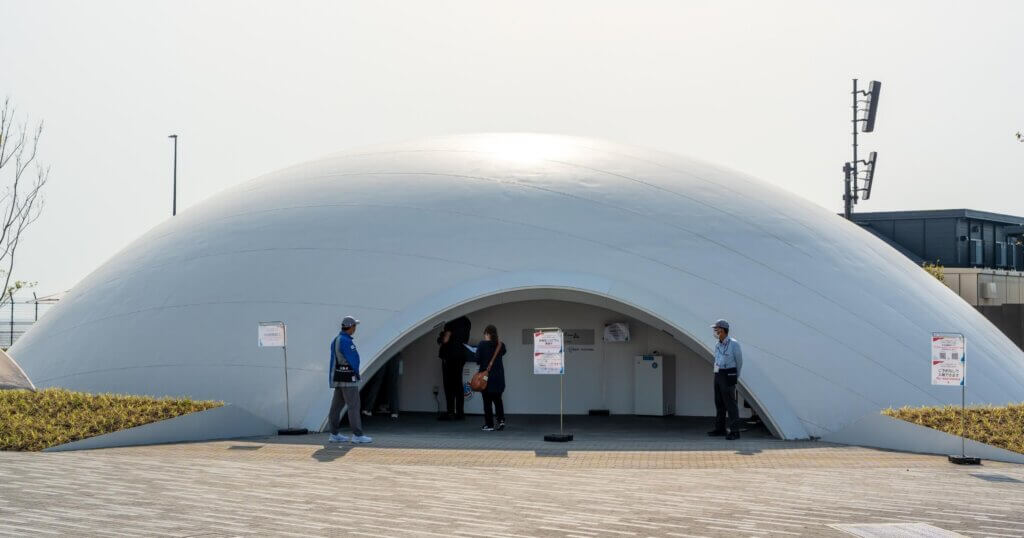
Building with carbon-negative materials is a sustainable construction technology trend that’s recently made it to large-scale infrastructure projects thanks to advancements in building material science. Options like hempcrete, algae bricks, and biochar-infused concrete are designed to pull carbon out of the atmosphere rather than add to it. Hempcrete, for example, continues absorbing CO₂ throughout its lifecycle, making it a powerful alternative to traditional concrete or insulation.
These materials are shifting from experimental to practical, especially in residential and low-rise construction. As governments and clients push for more aggressive climate targets, expect to see carbon-negative building blocks showing up on more job sites.
3. Modular and off-site construction
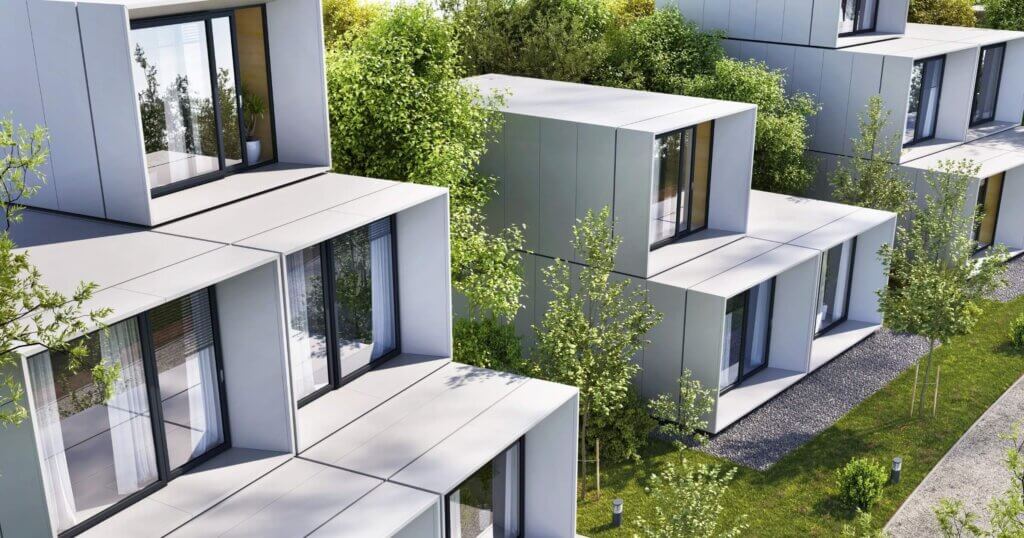
More builders are moving construction off the jobsite and into the factory, and for good reason. Modular and off-site construction can reduce material waste by up to 90%, speed up project timelines, and deliver higher precision builds with fewer delays. Instead of hauling raw materials and crews back and forth, components are preassembled in controlled environments and shipped in for quick installation.
This approach also cuts down on emissions tied to transportation and on-site energy use. Plus, with tighter quality control in factories, meeting sustainability standards and minimizing rework is easier. With labor shortages and construction costs continuing to rise into 2025, modular construction is quickly becoming a go-to method for projects that need to be fast and eco-conscious.
4. Electrification of equipment and fleets
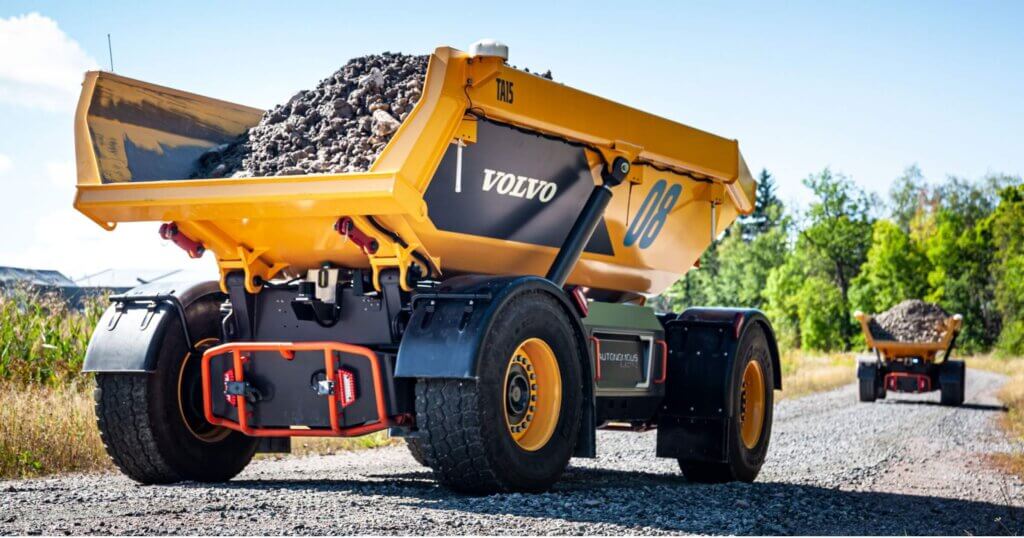
Heavy-duty construction gear has long been a major source of job site emissions, but that’s starting to change. More contractors are swapping out diesel-powered excavators, loaders, cranes, and fleet vehicles for electric alternatives. This cuts down on greenhouse gas emissions and reduces noise pollution, which is a big win for urban projects and worker health.
Electric equipment is especially appealing as more cities introduce low-emission zones and green building incentives. While battery capacity and charging infrastructure are still catching up, the technology is advancing fast.
5. Smart water management systems

Water conservation is climbing the priority list on construction sites, especially in areas facing drought or rising utility costs. Smart water management systems help track, control, and reduce water use during the building process and long-term operations. These systems can monitor usage, detect leaks early, and even support greywater recycling or rainwater harvesting.
These tools are becoming standard in large-scale commercial builds and LEED-certified projects; they meet sustainability targets, cut costs, and protect resources. As water becomes more scarce and regulations tighten, expect more sites to invest in smart systems to manage every drop.
6. Passive house and net-zero standards
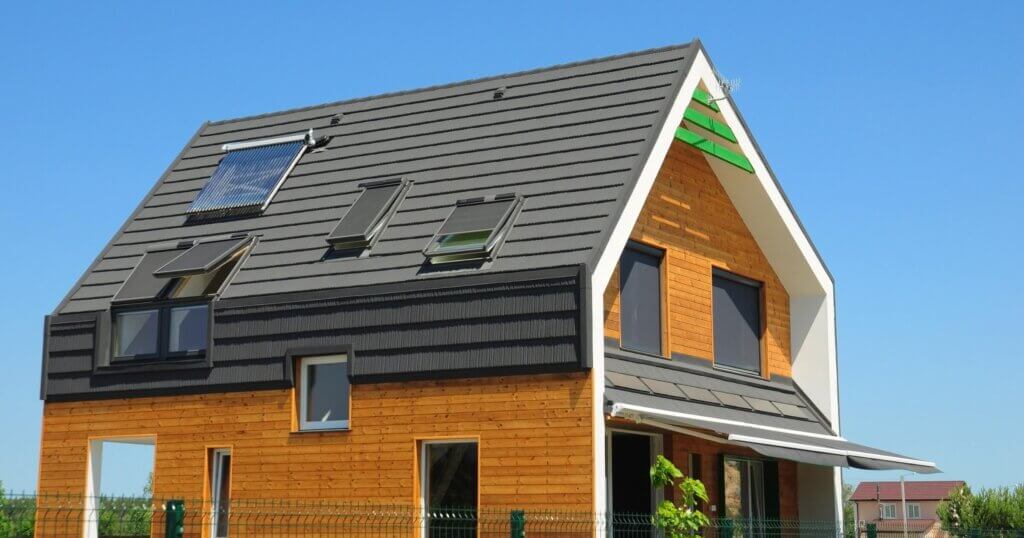
Building to passive house or net-zero standards is becoming increasingly mainstream. Passive house buildings are designed with airtight envelopes, high-efficiency insulation, and strategic ventilation to drastically reduce the need for heating and cooling. In many cases, this cuts energy demand by 80–90%, making buildings cheaper to operate and much more climate-resilient.
At the same time, more regions are introducing net-zero mandates for public and private buildings, pushing developers to create structures that produce as much energy as they use. These performance-based standards are reshaping how buildings are designed from the ground up.
7. Transparent carbon tracking and ESG reporting
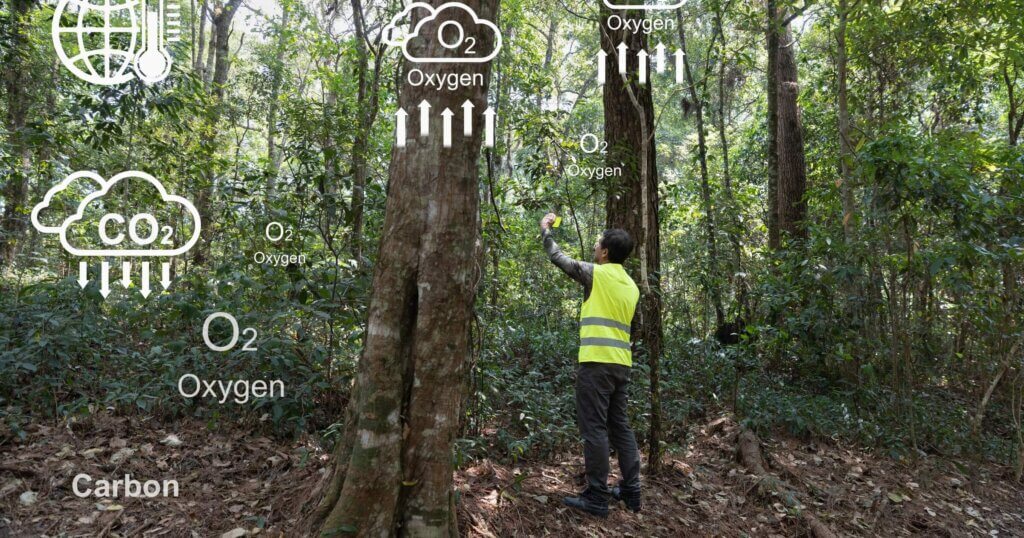
With Environmental Product Declarations (EPDs), carbon dashboards, and ESG (Environmental, Social, and Governance) reporting tools, construction companies are under more pressure to track and share the environmental impact of their projects.
These tools help measure embodied carbon, the emissions tied to materials, manufacturing, and construction processes, so that teams can make smarter, lower-impact choices. Tracking also helps firms comply with green building certifications and meet growing investor and client demands for transparency.
8. Solar integration and building-integrated photovoltaics (BIPV)
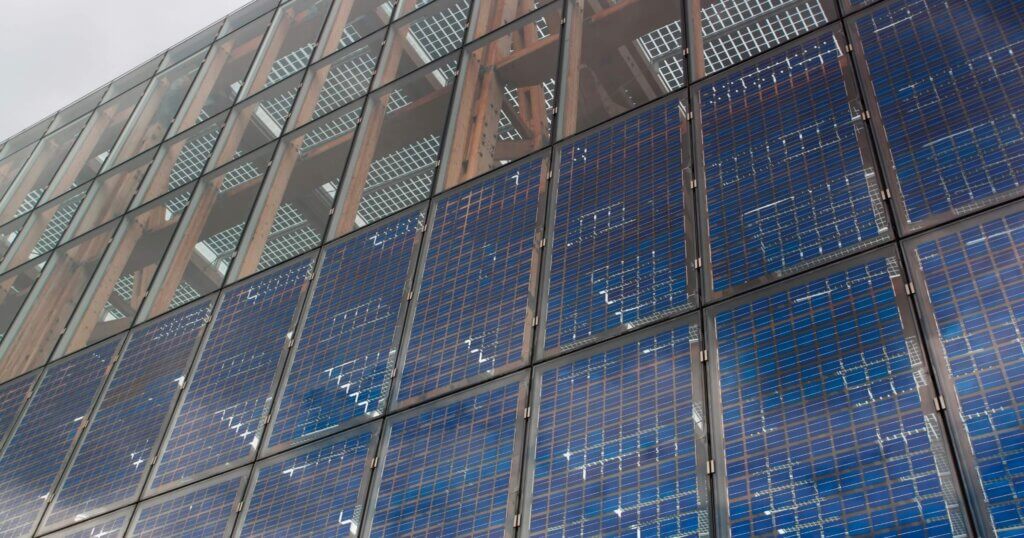
Solar tech is no longer limited to panels on the roof. Building-integrated photovoltaics (BIPV) make it possible to turn entire structures into power-generating systems. Think solar shingles, glass façades with embedded cells, or even solar windows; materials that do double duty as both construction elements and clean energy sources.
BIPV reduces reliance on the grid, improves long-term ROI, and integrates seamlessly into a building’s design without the bulky look of traditional panels. As prices come down and energy codes tighten, more architects and developers are choosing solar solutions that look as good as they perform.
9. Low-Carbon Concrete Innovations
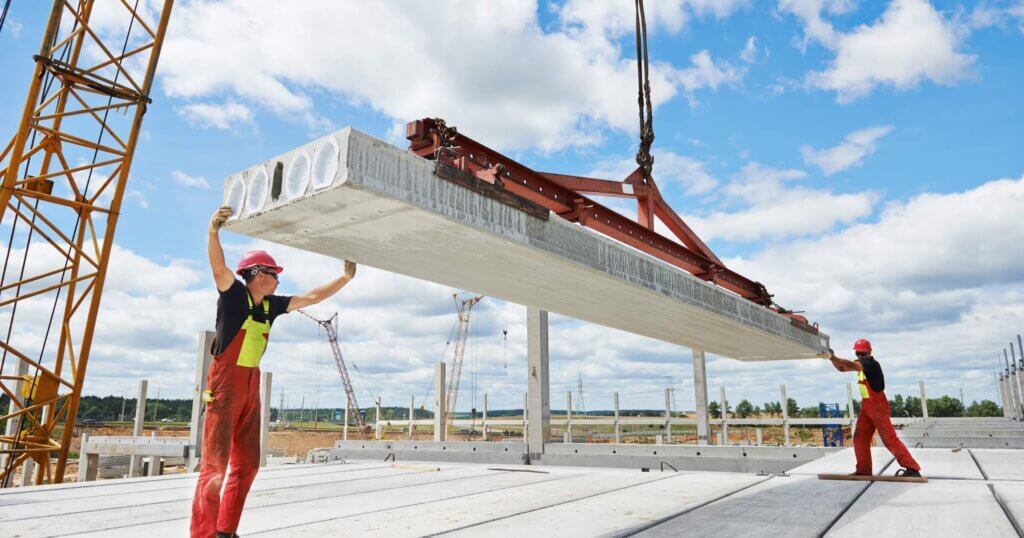
Concrete is everywhere, and that’s part of the problem. As the world’s most widely used construction material, it’s also one of the biggest contributors to embodied carbon. But new technology is helping turn the tide. Innovations like CarbonCure inject captured CO₂ into concrete during mixing, reducing emissions without compromising strength. Meanwhile, companies like BioMason are growing concrete using microbes, skipping the traditional high-heat curing process entirely.
These low-carbon alternatives are gaining traction as developers look for ways to build more responsibly without sacrificing performance. With more cities setting carbon reduction targets, expect greener concrete to play a starring role in the next generation of sustainable builds.
10. Smart building management systems (BMS)
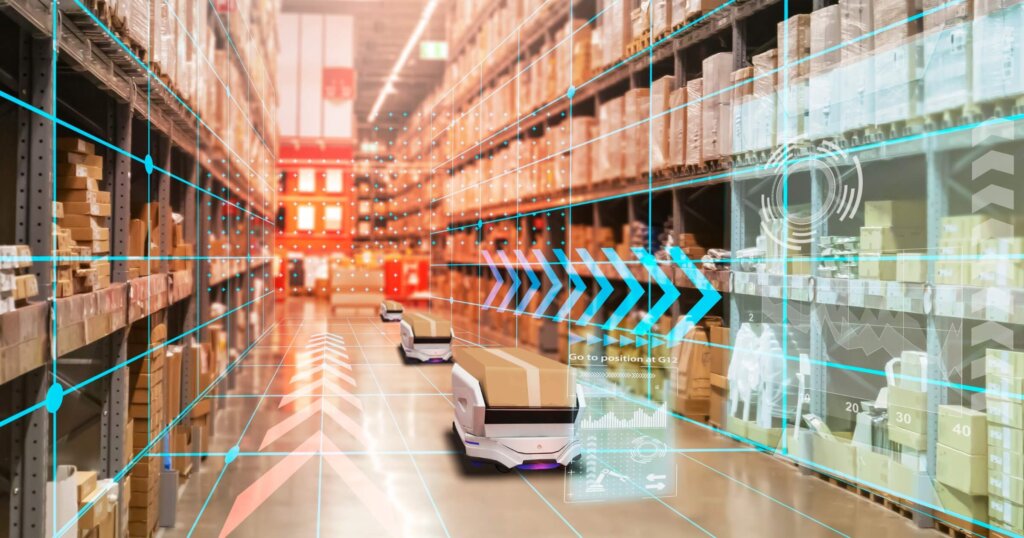
Last but no least on our list of sustainable construction technology trends are Smart Building Management Systems (BMS). These systems are powered by IoT sensors and automation, helping operators track and adjust energy use, lighting, HVAC, and air quality in real-time. As a result, these systems create healthier, more comfortable spaces for the people inside.
From adjusting lighting based on occupancy to detecting poor indoor air quality, smart BMS tools are making it easier to hit sustainability targets without constant manual oversight. As more buildings aim for net-zero and wellness certifications, smart management systems are quickly becoming a must-have.
Bottom line
The push for sustainability in the construction industry is accelerating in 2025, whether it’s through cleaner materials, off-site methods, or AI-powered design tools. Between tougher regulations, shifting client expectations, and smarter technologies, the industry is finding new ways to cut carbon and save and reuse resources for better builds.
Enjoyed our list of sustainable construction technology trends? Subscribe to our newsletter for weekly industry updates and tools that help you build smarter, safer, and greener.
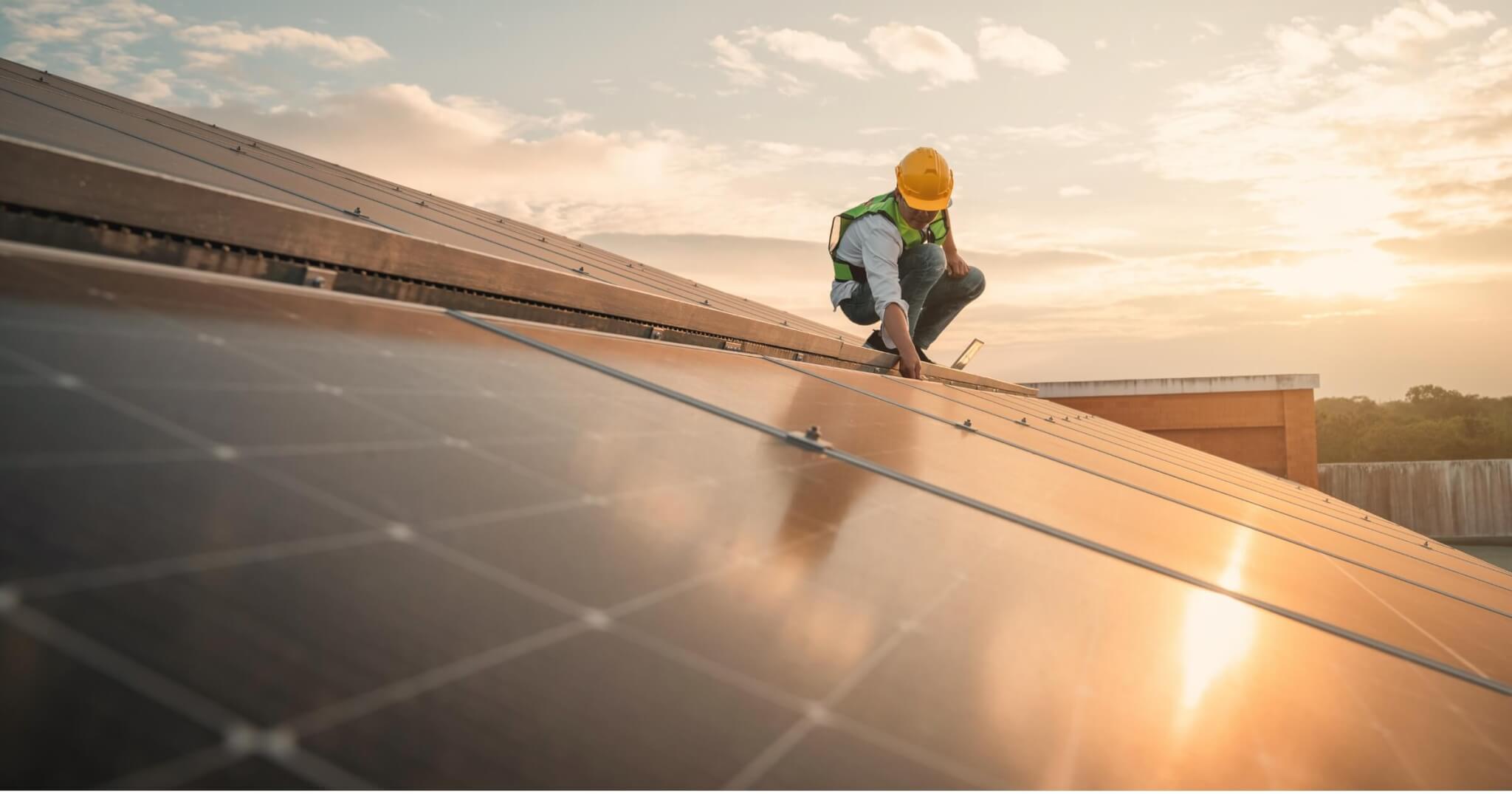


2 comments